Problems in the Process
In addition to the environmental, safety, and health issues discussed in Part I, there are a number of reasons to control fugitive dust in order to improve the process internally.
Dust affects the quality of an industrial operation and its output. It contaminates the plant and possibly even the finished product. Dust will settle on sensitive instruments and sensors, impairing the instruments’ ability to monitor a process and confusing the data supplied to the operators. In some industrial operations, such as iron-ore sinter and pelletizing plants, material dust in the process is a contaminant that adversely affects results.
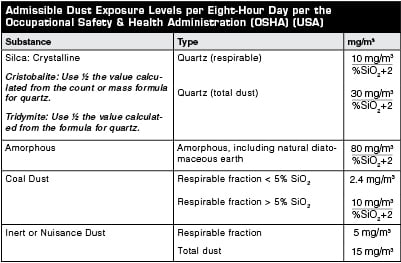
Another danger of airborne dust falls into the category of property damage. If a material is corrosive, so is the dust. As airborne dust settles on every surface within an operation, there is the potential for massive damage due to operation-wide corrosion. Airborne dust will be pulled into the air intakes on motors and pumps, leading to premature failure of this critical and expensive equipment.
Dust represents a loss of valuable material, a material that has been paid for and, in many cases, has had some level of processing applied to it. Fugitive dust represents a lost opportunity in profit. In some plants, the airborne dust will have higher concentration of the operation’s target mineral than the general body of material. Dust at large precious-metal mines were found to have more gold and copper than raw ore, with concentrations increased from 25 to nearly 100 percent. The recovery of this valuable dust offers a significant payback on the investment in dust-control systems.
Dust also increases the amount of maintenance work required. It consumes labor man-hours of plant personnel, adding expense and distracting workers and manager from other responsibilities. It is important to take into account the extra man-hours needed to clean up areas where dust settles. Spillage falls below a conveyor; in contrast, dust will settle all over a plant, including elevations well above the dust’s release point.
Fugitive dust can affect a plant’s production capacity by reducing availability of conveyors and equipment due to accidents, extra required maintenance, and downtime for cleanup.
See Also: Safety Risks of Dust and Fugitive Material Part 1.
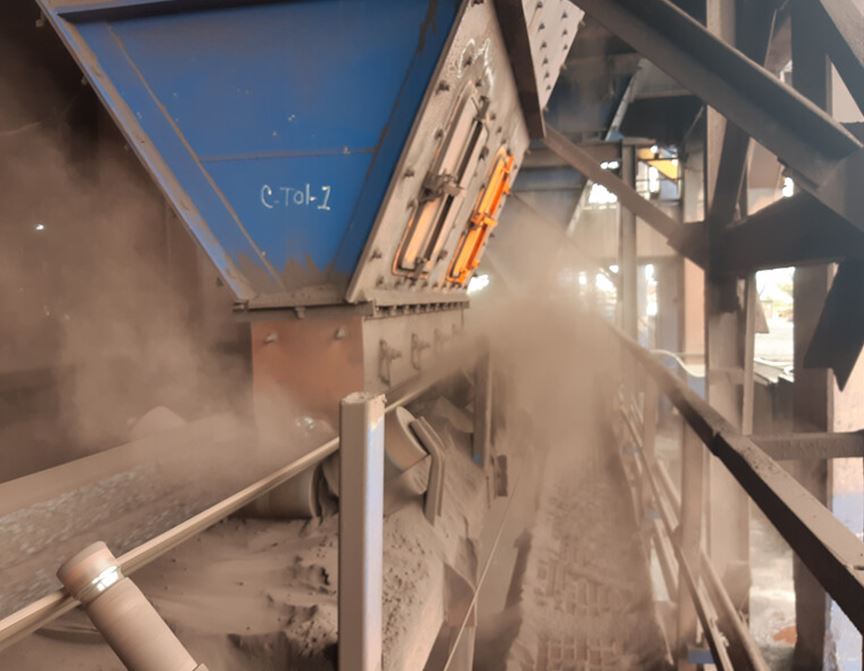

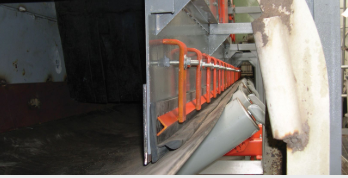

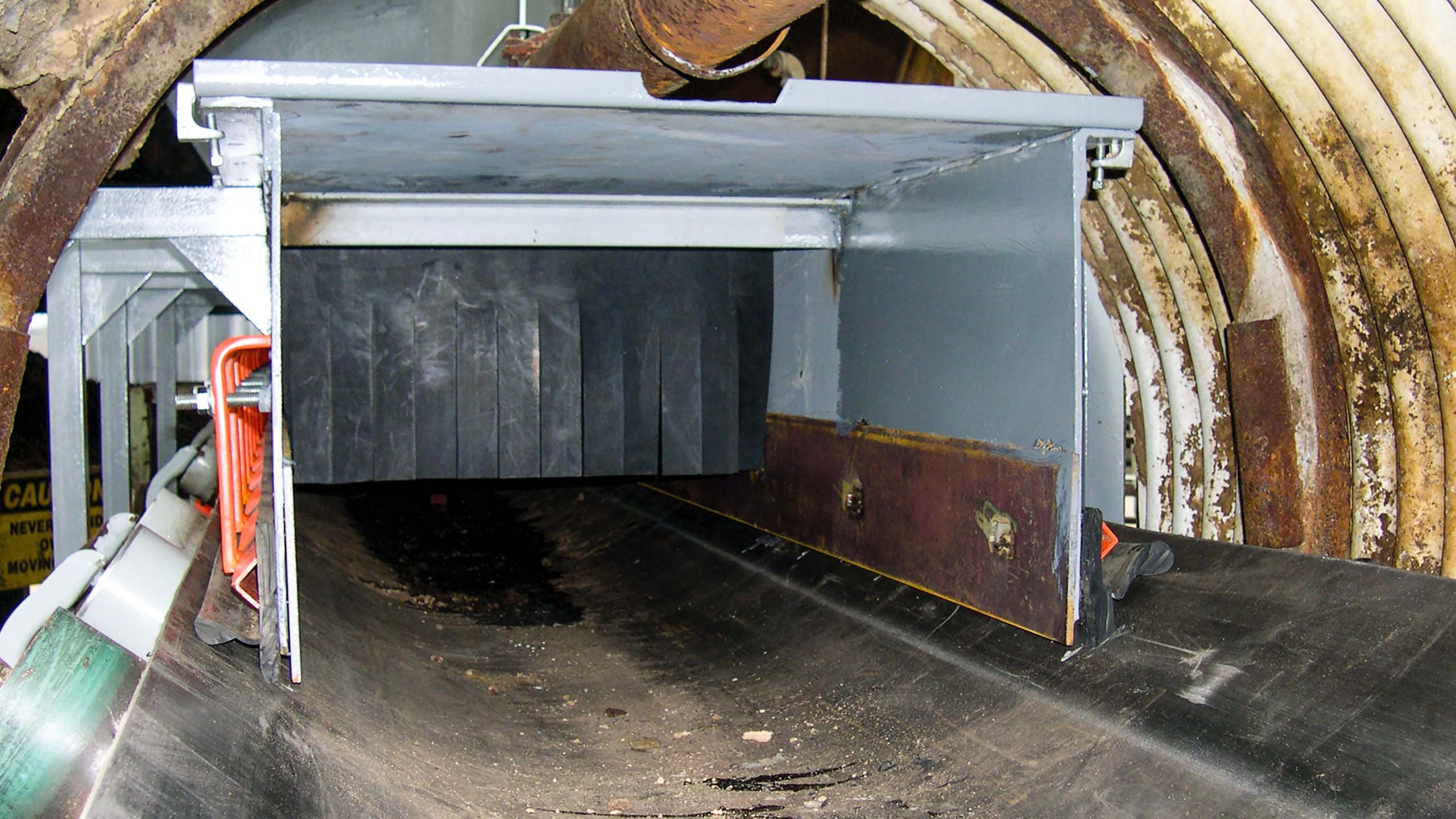



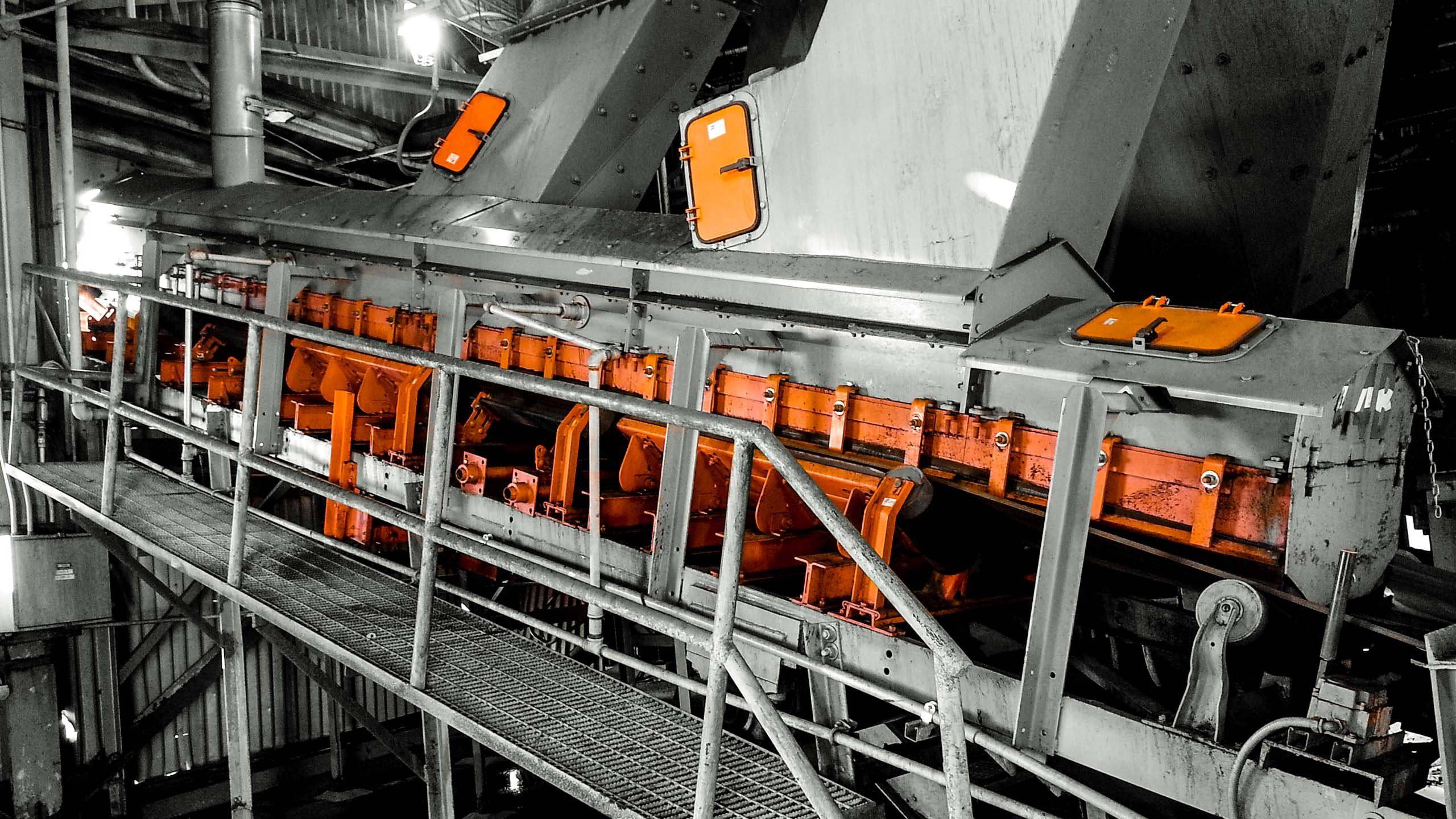












Leave Comment